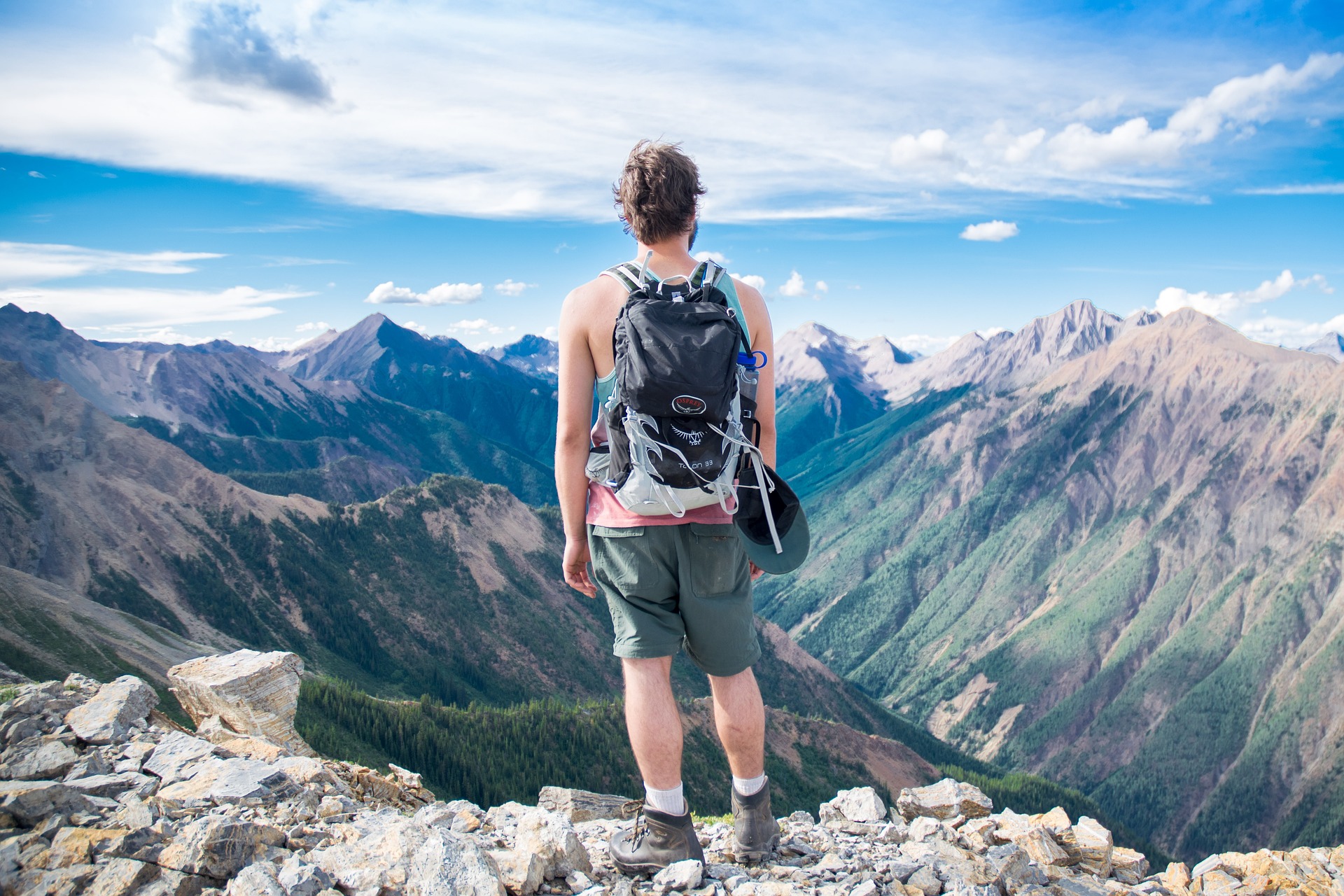Rediscovering the Art of Walking Holidays
There's an age-old travel method that's been gaining traction in recent years, and it's as simple as putting one foot in front of the other. Walking holidays, or long-distance walking as a form of vacation, have been practiced throughout history but have recently reemerged as a popular trend. This article delves into the background, advantages, challenges, and impact of this travel style.
The Historical Footprints of Walking Holidays
Before the advent of modern transportation, walking was the primary mode of getting from one place to another. In fact, the concept of walking as a leisure activity dates back to the 18th century, when Romantics and nature lovers alike would embark on walking tours to draw inspiration from the natural world. This tradition has evolved over the centuries and has been reignited by a desire for slow, immersive travel experiences.
The Resurgence of the Pedestrian Journey
Today’s fast-paced, digital world has sparked a renewed interest in slower, more intentional forms of travel. Walking holidays are a natural response to this trend, allowing travelers to fully immerse themselves in their surroundings at a relaxed pace. According to a report from the Adventure Travel Trade Association, walking holidays have seen increased popularity, with more travelers seeking out trips that offer physical activity and an intimate connection with nature.
Advantages and Challenges of Walking Holidays
On a walking holiday, travelers can engage deeply with both the cultural and natural landscapes, discover hidden gems off the beaten track, and maintain a low carbon footprint. However, this travel style also invites physical challenges and requires careful planning, from choosing suitable walking routes to packing appropriately.
The Impact of Walking Holidays
Walking holidays not only provide personal benefits but also contribute to sustainable tourism. By choosing to walk, travelers reduce their carbon emissions, support local economies, and promote the preservation of natural and historical sites. However, as with any travel trend, it’s crucial to engage in responsible practices to minimize the impact on the environment and local communities.
Walking Holiday Tips and Facts
-
Walking holidays are flexible and can be tailored to fit one’s fitness level and interests.
-
Popular destinations for walking holidays include the Camino de Santiago in Spain, the Appalachian Trail in the U.S., and the Nakasendo Way in Japan.
-
When planning a walking holiday, it’s important to pack light and wear comfortable shoes.
-
Walking holidays offer health benefits, including improved cardiovascular fitness and reduced stress levels.
In conclusion, walking holidays represent a travel trend that combines health, immersion, and sustainability. While they require more physical effort and planning than traditional vacations, the unique experiences and impacts they offer make them a worthwhile consideration for your next adventure. As we move towards a more conscious and intentional approach to travel, it’s worth considering slowing down and literally taking the scenic route.





